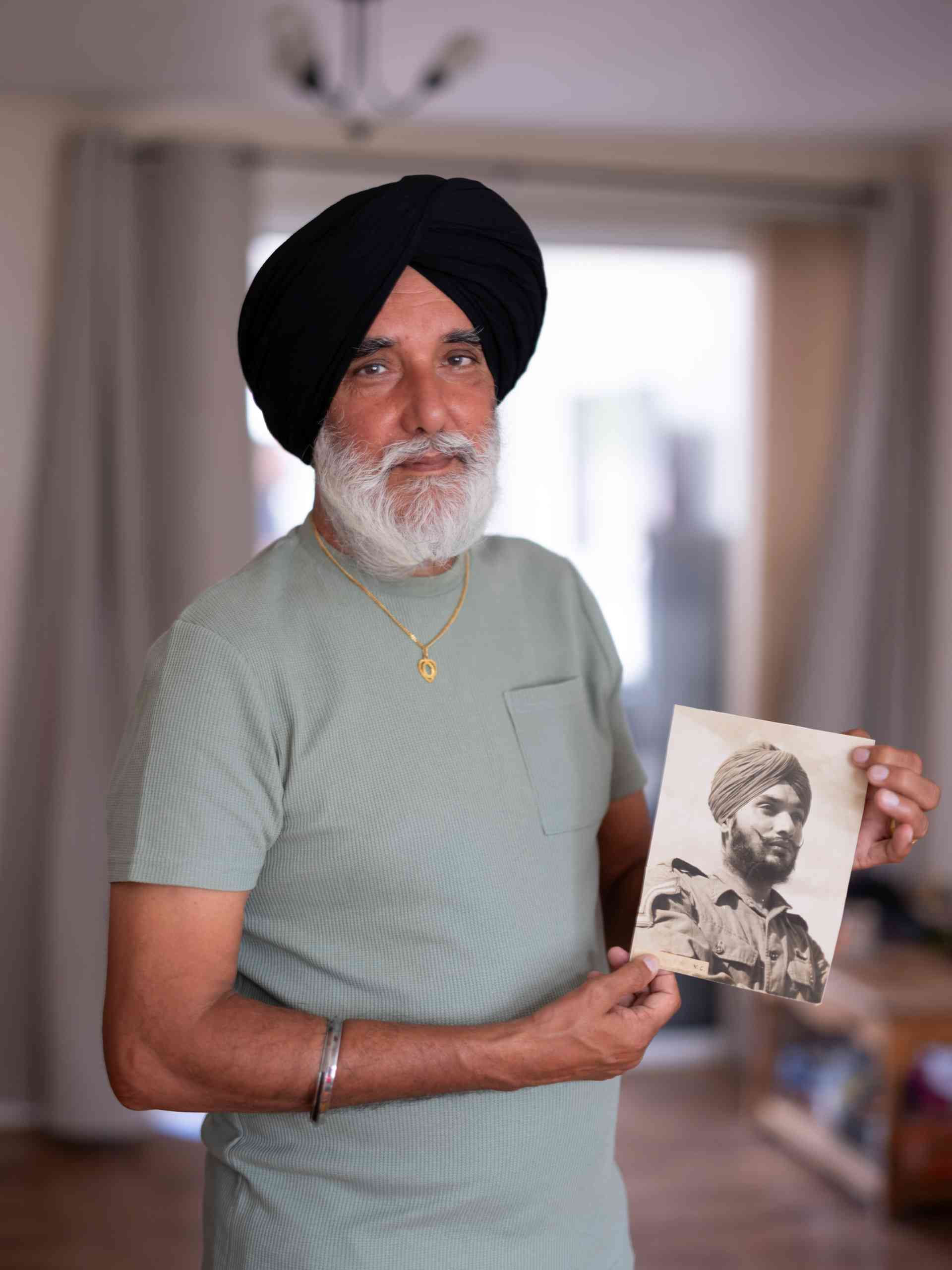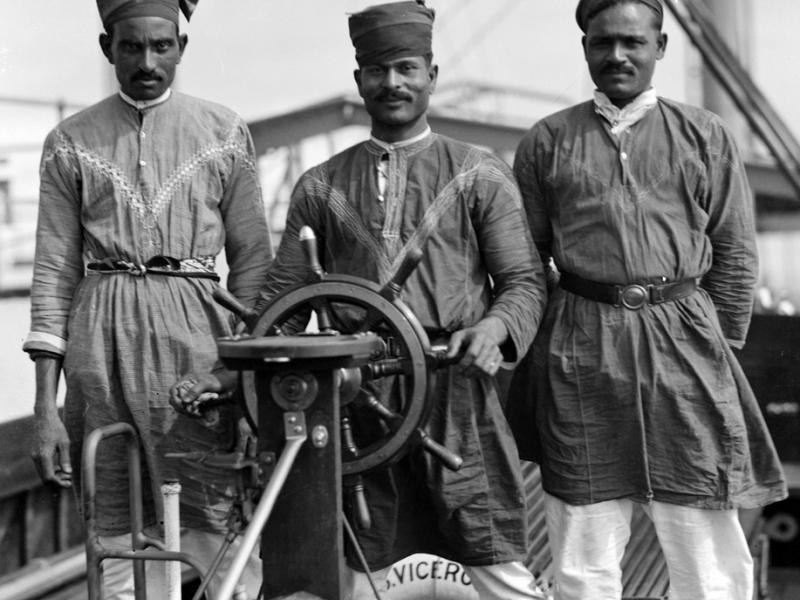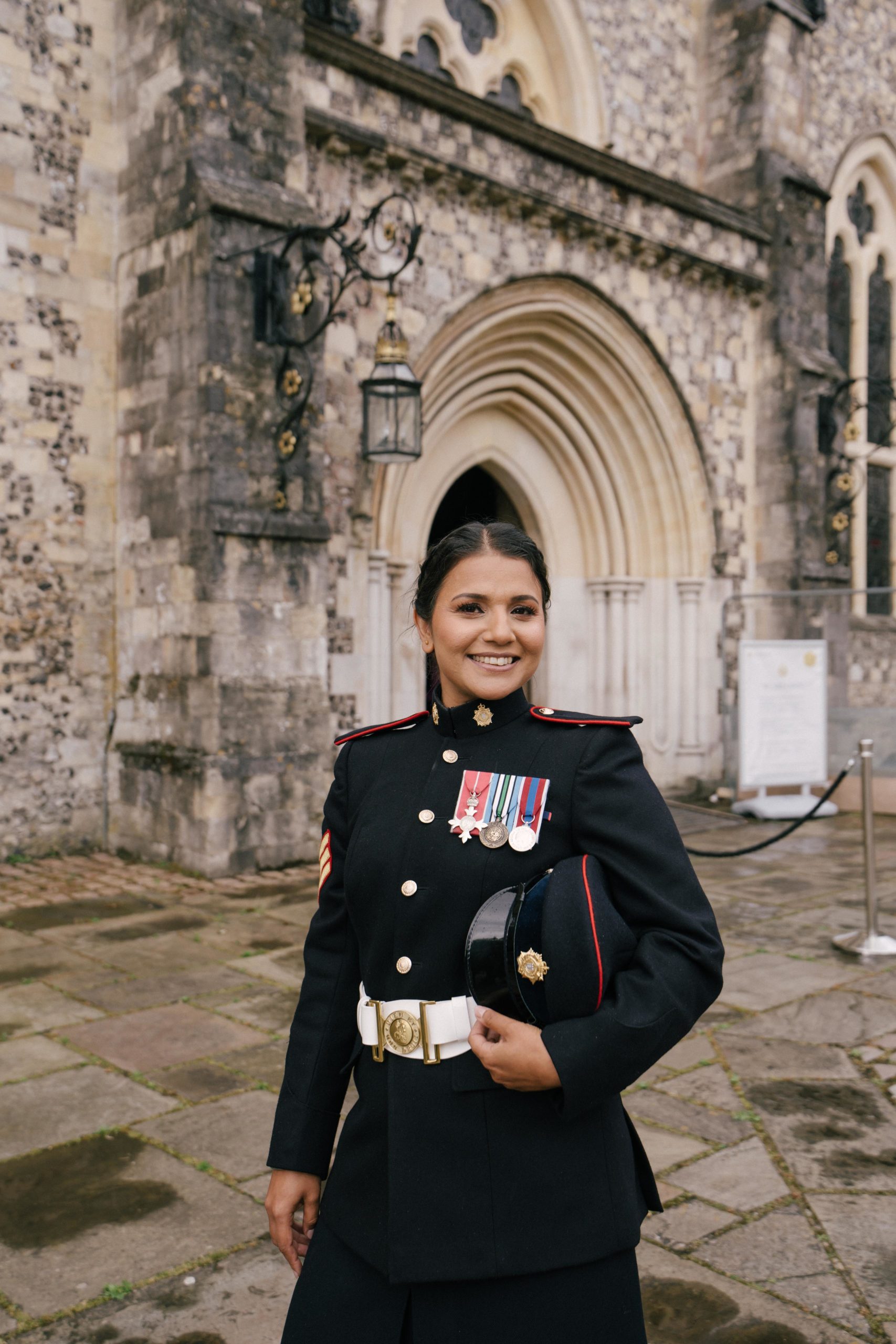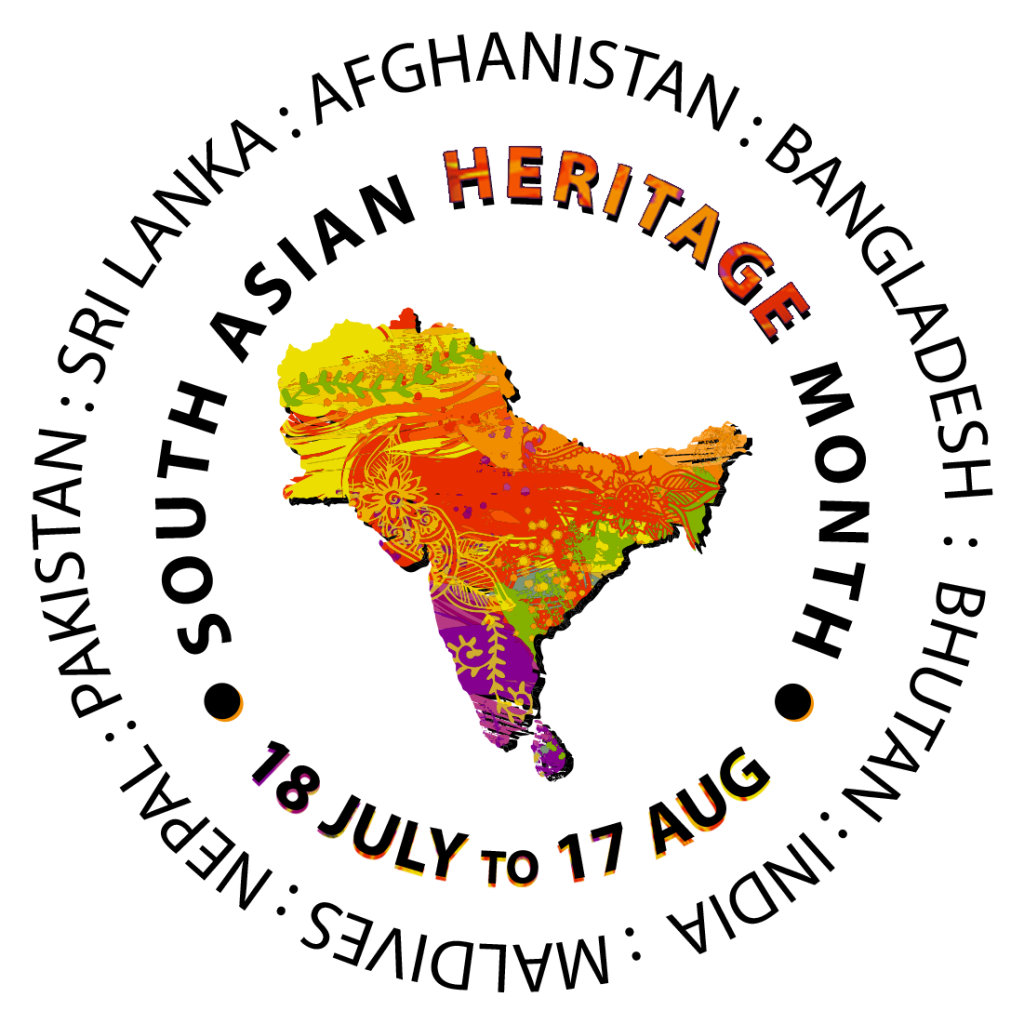This fight for a strategically vital mountain overlooking the path to Rome was not just a clash of armies; it was a testament to the courage and sacrifice of soldiers from across the globe, including a significant contingent from South Asia. Indian troops, as part of the 4th Indian Infantry Division, stood shoulder-to-shoulder with their Commonwealth comrades, the 8th Army.
The fight for Monte Cassino wasn’t just about territory; it was about shattering the German Gustav Line and opening the gateway to Rome. The 4th Indian Division, alongside other Allied forces, played a crucial role. Despite facing fierce resistance from entrenched Germans, particularly those well-defended within the grounds of the Monte Cassino monastery, Indian soldiers, along with New Zealand troops, launched a daring attack on the abbey. Though the objective wasn’t achieved, their bravery in the face of overwhelming odds remains a source of pride. Their tenacity and resilience, alongside that of other Allied forces, ultimately helped wear down the enemy’s defences, paving the way for the eventual breakthrough in May 1944 and the liberation of Rome.
The liberation was hard-won, for many brave soldiers of the 4th Indian Infantry Division paid the ultimate price or bore the scars of battle.
Muhammad Hussain was born in pre-partition India in a village in Rawalpindi and was only 16 years old when he ran away from home to enlist in the British Indian Army during the Second World War. He joined the Italian campaign in September 1943 under the 8th Indian Division commanded by Major General Dudley Russell and fought in the battle of Monte Cassino. You can read Muhammad’s story here: https://www.britishlegion.org.uk/stories/coming-home-muhammad’s-story
The legacy of Monte Cassino for those of South Asian heritage is a complex one. It is a stark reminder of the horrors of war, but also a celebration of the unwavering courage displayed by Indian soldiers on foreign soil. Their contribution to the Allied victory stands as a testament to the vital role South Asia played in the fight against fascism.
To find out more about the Battle of Monte Cassino, please visit the Royal British Legion page here: https://www.britishlegion.org.uk/get-involved/remembrance/monte-cassino
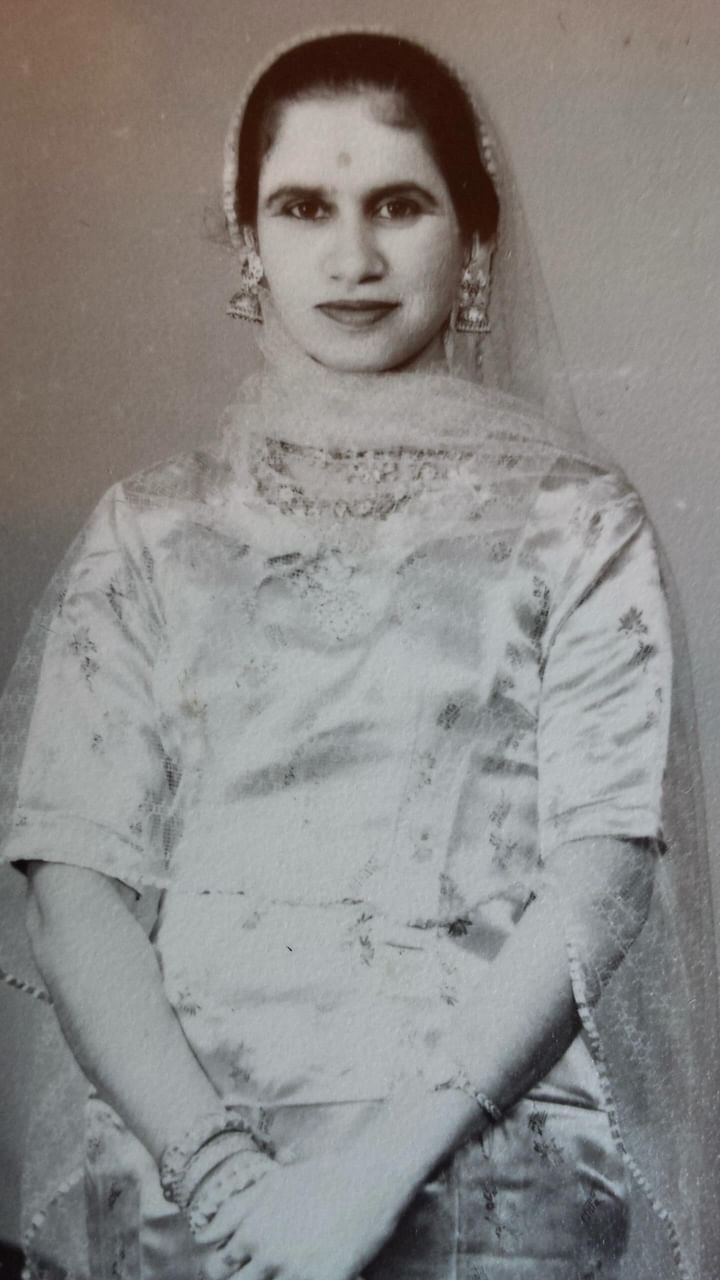
 South Asian Heritage Month dates changed to "July" from 2026 — Learn more here →
South Asian Heritage Month dates changed to "July" from 2026 — Learn more here →



